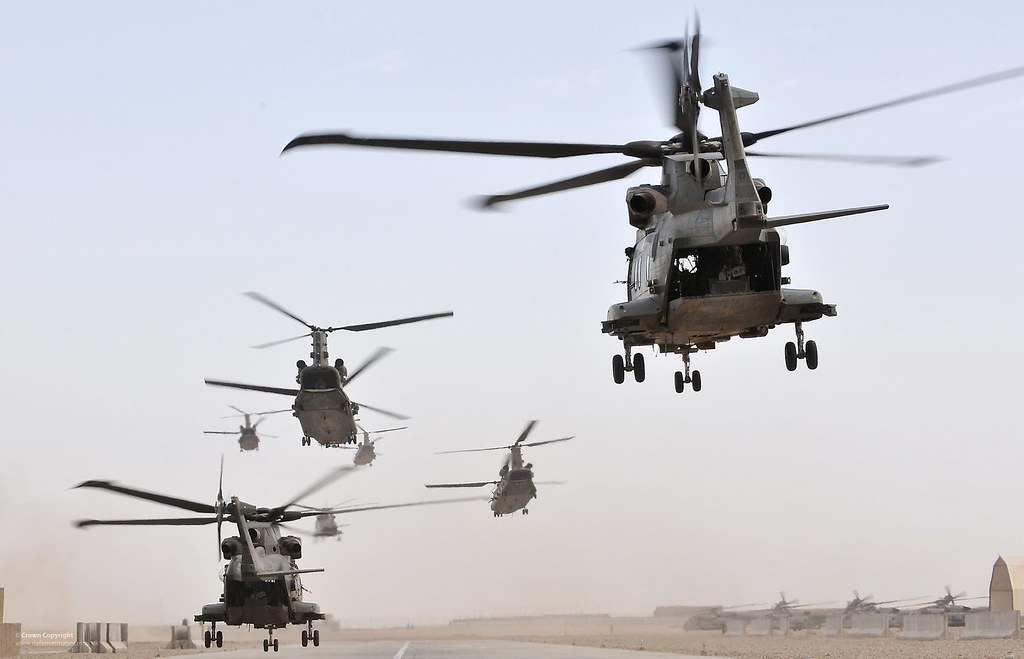Key takeaways
• At least 18 people were rescued in Kwigillingok after severe flooding
• Three residents remain missing as Alaska State Troopers continue the search
• Troopers used boats, helicopters and local guides to reach stranded families
• Harsh weather and rising waters challenged the rescue effort
• Community volunteers joined authorities to help evacuations and relief
What Happened During the Kwigillingok Rescue
The Kwigillingok rescue began late last week when heavy rains swelled local rivers. Troopers received reports of stranded families clinging to rooftops and trees. First, boats moved through flooded streets. Then helicopters airlifted those in the worst danger. By dawn, rescuers had pulled 18 people to safety. However, three residents still wait for help. Troopers vowed to search until they bring everyone home.
Why the Kwigillingok Rescue Took So Long
Flood waters rose faster than anyone expected. In addition, narrow trails turned into muddy rivers. As a result, ground crews often had to turn back. Helicopters faced dense clouds and high winds. Moreover, the remote village has no road access. Troopers could not rush in by land. Therefore, every step of the Kwigillingok rescue required careful planning and local guidance.
How Troopers Carried Out the Rescue
Troopers organized into boat teams and air crews. Local pilots guided helicopters to safe landing spots. Meanwhile, boat operators used inflatable crafts to navigate submerged paths. They also checked each home’s roof for survivors. Next, medical staff assessed injuries on site. Then everyone moved to temporary shelters in higher ground. Thanks to this teamwork, the rescue effort saved dozens of lives.
Community Steps Up
Local volunteers formed evacuation teams within minutes of the flood alert. They handed out blankets, food packs and fresh water. Parents comforted children with storytelling circles and simple games. Elders shared knowledge of safe routes through wetlands. In addition, tribal leaders set up a prayer circle by the landing zone. Their support boosted morale for both residents and troopers alike.
Remaining Challenges
Despite great progress, troopers still seek three missing people. Search crews comb the riverbanks and marshy edges. However, debris and low visibility slow their work. Many homes remain partly submerged, posing hidden risks. Rescue dogs sniff through wreckage to find signs of life. In addition, medics stand ready in case of new emergencies. Authorities promise to keep the search active until all are found.
Next Steps for the Community
As water levels recede, cleanup crews will clear roads and bridges. Engineers will inspect structures for safety before residents return. Volunteers plan donation drives for clothing and school supplies. Troopers will offer safety workshops on flood response. Meanwhile, social workers will support families coping with loss and stress. This joint effort aims to help Kwigillingok rebuild stronger than before.
Lessons Learned from the Kwigillingok Rescue
First, early warning systems proved vital. Next, training local guides sped up response times. Moreover, having inflatable boats and extra fuel made a key difference. In addition, clear radio channels kept teams connected. Finally, community involvement ensured no one felt alone. These lessons will shape future flood plans across the state.
Looking Ahead
The Kwigillingok rescue shows how teamwork saves lives under harsh conditions. It also highlights the strength of a close-knit community. Alaska State Troopers praise every volunteer who joined the operation. As search efforts continue, hope remains strong. Together, locals and troopers stand ready to face any challenge.
FAQs
What areas did troopers focus on during the search?
Troopers focused on riverbanks, flooded streets and roof tops. They also scanned marshy edges where currents might carry people. Helicopters checked open fields and waterlogged trails.
How did community members support the rescue?
Local volunteers escorted families to shelters, handed out supplies and shared safe routes. Tribal leaders offered guidance on hidden hazards. Everyone pitched in to boost morale and logistics.
What tools did troopers use in the Kwigillingok rescue?
They used inflatable boats, helicopters, search dogs and medical kits. Radios kept teams in touch. Maps and local guides helped choose safe paths.
When can residents return home?
Authorities will inspect roads and buildings once flood waters drop. After safety checks, families may return. Engineers and troopers will clear hazards first.

